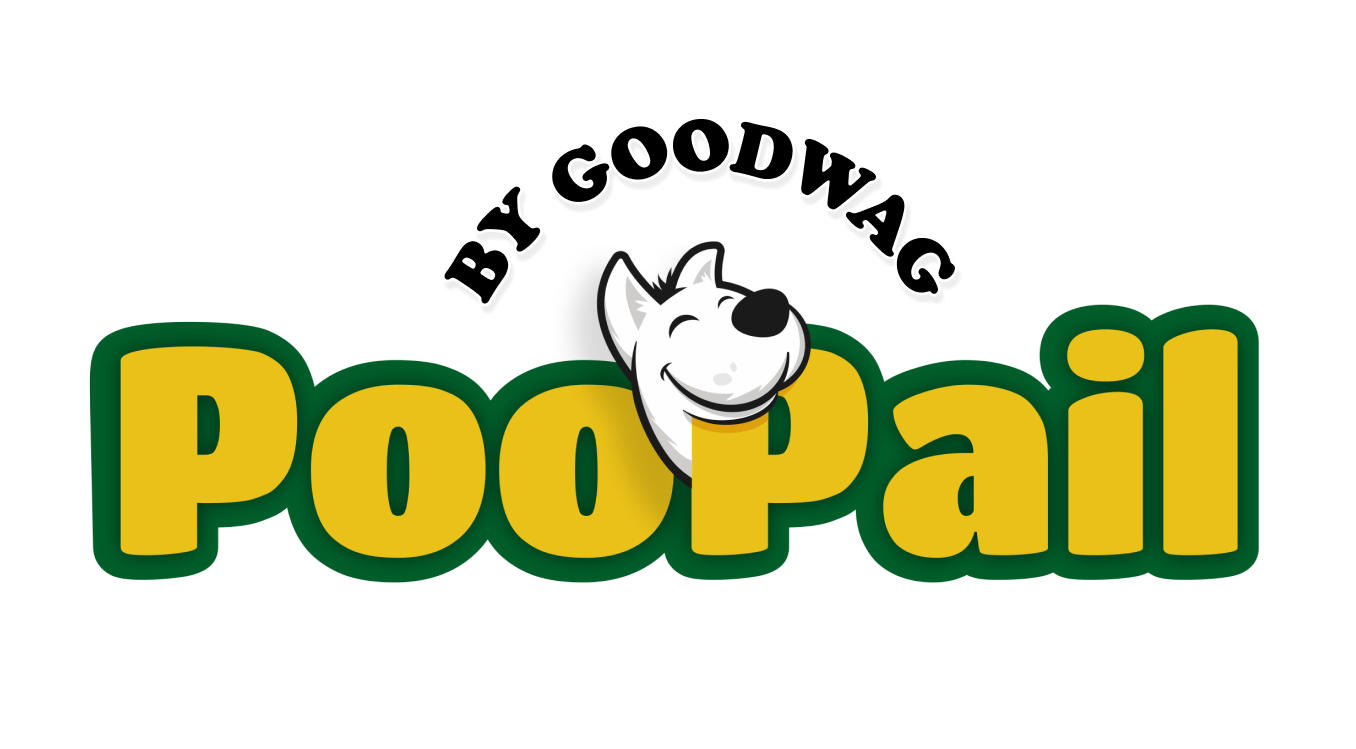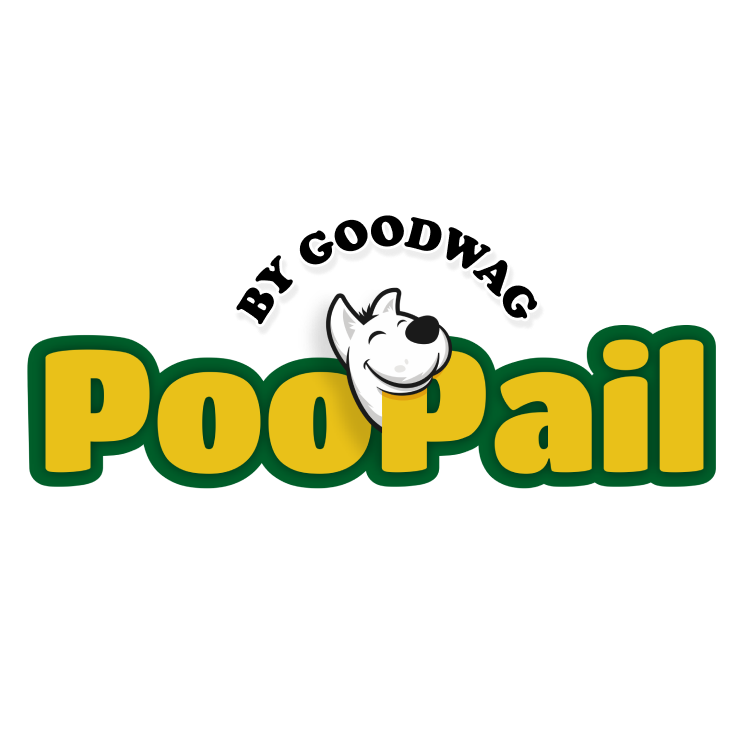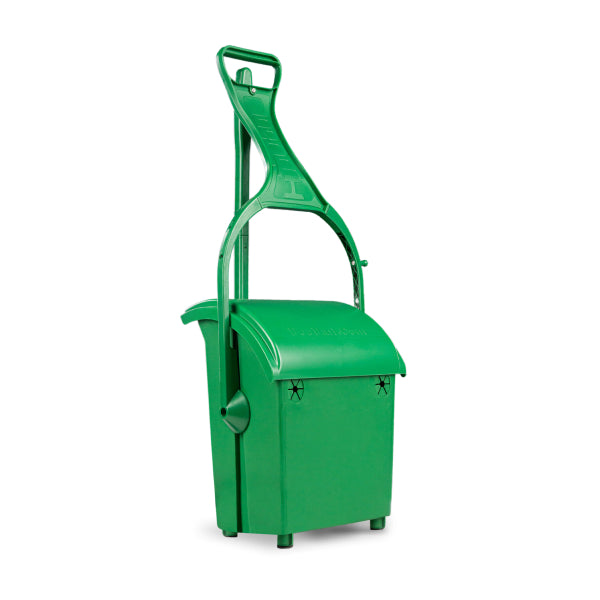Knowing what and how to feed your dog is an important part of keeping it healthy, happy, and full of life. But how much food does your furry friend actually need? Age, activity level, and health conditions all play a role, but one of the most important factors to consider is your dog’s weight.
A small, sleepy pup won’t need the same portions as a large, active one. Overfeeding can lead to weight gain and health issues, while underfeeding can cause weakness and nutrient deficiencies. That’s why learning how much to feed your dog based on their weight is key to giving them the best care possible. This article covers all you need to know about how much to feed a dog by weight.
Why Feeding Dogs by Weight Matters
There are a lot of factors that play a role in how much food your pooch should consume in a day. Age is one of those factors. Puppies, who need a lot of energy to grow, need more of certain ingredients, vitamins, and minerals, compared to adult dogs. Dogs who are highly active need more food as well, compared to less active dogs. The same goes for pregnant dogs or ones that are nursing, as they need to eat for themselves and their pups.
With all that in mind, you’ll also want to add the size and weight of their dog into the equation. Naturally, larger breeds have more space for food in their bodies than smaller breeds. Similarly, underweight dogs require more food to grow into a healthier weight and dodge health problems like malnutrition, low energy, and a weakened immune system. Overweight dogs, on the other hand, can do with less to get back to a healthier weight and avoid health issues like diabetes, joint problems, and heart disease. By understanding how much to feed a dog by weight, you can make sure that Fido is getting the right balance of nutrients without being over- or underfed.
How Much to Feed a Dog Daily (General Rule of Thumb)
As a general rule of thumb, a healthy and moderately active adult dog should eat between 1 to 3% of its body weight per day. Puppies, on the other hand, need to eat close to 9% of their body weight until week 12, and then gradually go down to 3% by the end of their first year. As for senior dogs, their calorie requirement goes down as they age. We’re talking a reduction of 20 to 30% of their daily calorie intake.
Just to make it clear, this rule of thumb depends on other factors as well, such as breed, reproductivity, activity levels, health conditions, and current weight status. If your four-legged friend is pregnant, for example, she might have to eat more than usual. If she has diabetes, she might have to eat less, at least of certain foods, and if she’s underweight, she might need those extra calories.
How to Calculate Dog Food Using Calories (RER Formula)
A great way to know how much to feed a dog by weight (kg) is by using the Resting Energy Requirement (RER) formula. So, the RER is the number of calories (kcal) a dog needs each day to survive the day, by maintaining its basic bodily functions, like breathing, digesting, and pumping blood. All this is calculated with the assumption that the dog is doing nothing but lying around all day in a neutral temperature environment.
To figure out your pooch’s RER, simply follow the following formula:
RER = 70 × (Body weight in kg)^0.75
According to this formula, a dog that weighs 10 kg would have an RER of 393.4, which is the number of calories it should have per day.
Of course, you still need to add in a few variables, since your dog is most definitely not the couch potato of the household, and doesn’t just live to exist. The next step would be to account for the activity level of your furry friend. Does it lead a sedentary, moderately active, or highly active lifestyle? If your dog leads a sedentary lifestyle, you simply multiply the RER by 1.2. If it’s moderately active, multiply by 1.5. But if we’re talking about a very active dog, you multiply the number by 2. Let’s not forget about neutered dogs, whose RER should be multiplied by 1.6, as they have lower energy requirements.
Needless to say, you’ll want to decode your dog’s food label, find out how many calories are in one cup, and see how many cups your pooch needs per day. You can then divide that amount over two or three meals based on your dog’s eating habits.
Dog Feeding Chart by Weight (kg)
All the calculations and variables may seem confusing. Things get even more complicated with all the different types of dog food available on the market. Luckily, most dog parents get used to it really quickly, especially when their pup enters adulthood and the variables become less confusing.
How Much to Feed Your Adult Dog
To give you a quick glimpse of how things work, let’s say we have a dry dog food with 380 calories per cup. Now, let’s see how much of this specific food you should feed your dog by weight.
|
Weight Range |
Feeding Amount Per Day (cups) |
|
1.4–5.4 kg (3–12 lbs) |
½–1¼ cups |
|
5.9–9.1 kg (13–20 lbs) |
1¼–1⅔ cups |
|
9.5–15.9 kg (21–35 lbs) |
1⅔–2⅓ cups |
|
16.3–22.7 kg (36–50 lbs) |
2⅓–3 cups |
|
23.1–34.0 kg (51–75 lbs) |
3–3¾ cups |
|
34.5–45.4 kg (76–100 lbs) |
4–4⅔ cups |
|
Over 45.4 kg (over 100 lbs) |
4⅔ cups + ⅓ cup for every 4.5 kg (10 pounds) over 45.4 kg (100 pounds) |
How Much to Feed Your Puppy
As we’ve mentioned earlier, puppies require more calories to make it healthily into adulthood. The amount of food they need decreases as they grow up, so the amount of food you give them needs to decrease month after month after the first three months. This chart focuses on the first three months of your pup’s life and determines how much your furry friend can have of a certain food that contains 428 kcals per cup.
|
Weight Range |
Feeding Amount Per Day (cups) |
|
Up to 2.3 kg (up to 5 lbs) |
½–1 cup |
|
2.7–4.5 kg (6 to 10 lbs) |
1–1½ cups |
|
5.0–9.1 kg (11 to 20 lbs) |
1½–2½ cups |
|
9.5–18.1 kg (21 to 40 lbs) |
2½–4¼ cups |
|
18.6–27.2 kg (41 to 60 lbs) |
4¼–5¾ cups |
How Much to Feed Your Senior Dog
Senior dogs require fewer calories per kilogram compared to a healthy adult dog of the same size and breed. Large breeds past the age of 7, medium breeds past the age of 10, and small breeds past the age of 12 are considered senior dogs. Here’s an example chart for a dry dog food that contains 405 calories per cup:
|
Weight Range |
Feeding Amount Per Day (cups) |
|
8.2–10.4 kg (18–23 lbs) |
1–1⅓ cups |
|
10.9–20.4 kg (24–45 lbs) |
1⅓–2¼ cups |
|
20.9–29.5 kg (46–65 lbs) |
2⅓–3 cups |
|
29.9–38.6 kg (66–85 lbs) |
3–3⅔ cups |
|
39.0–47.6 kg (86–105 lbs) |
3¾–4⅓ cups |
|
48.1–56.7 kg (106–125 lbs) |
4⅓–4¾ cups |
|
Over 56.7 kg (125+ lbs) |
Add ¼ cup per additional 4.5 kg (10 lbs) |
Easy Feeding Tips for Your Dog
Now that we’ve established how important it is to feed your dog based on its body weight, there are certain tips to follow to make your dog's feeding journey easy and enjoyable.
- Remember to feed your dog at set times every day in order to build a routine.
- Avoid giving table scraps or too many treats to your dog to avoid unnecessary weight gain.
- Change your dog’s food to a high-quality one that suits its life stage.
- Always provide fresh and clean water to Fido to help keep him refreshed and help with his digestion.
- Consult a vet if you’re not sure about the right diet for your pooch.
Conclusion
Figuring out how much to feed a dog by weight might seem tricky at first, but it quickly becomes second nature once you get the hang of it. By accounting for its size, activity level, and life stage, you can make sure your pup gets the right nutrition without overdoing it. Whether you’re raising a bouncy puppy, caring for a mellow senior, or keeping an adult dog in shape, portion control plays a big role in their overall well-being. When in doubt, consult your vet, read food labels carefully, and keep fresh water on hand. A well-fed dog is a healthy, happy companion for life.












Leave a comment
This site is protected by hCaptcha and the hCaptcha Privacy Policy and Terms of Service apply.